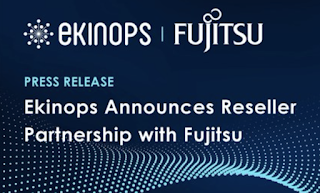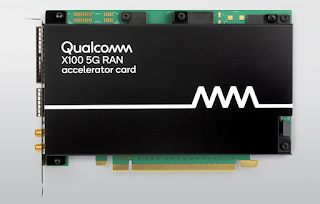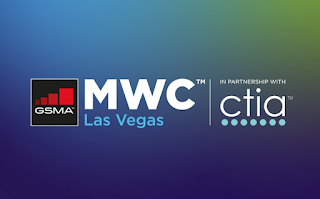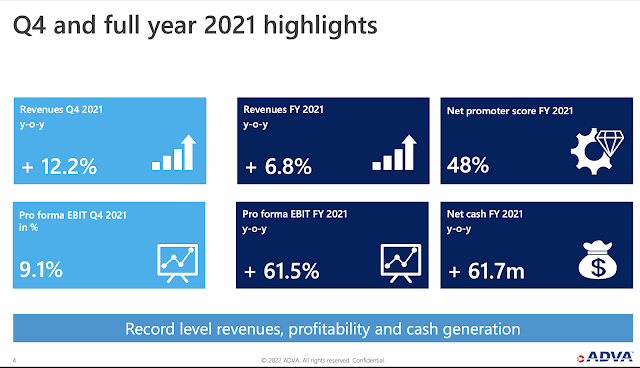Rakuten Symphony agreed to acquire Robin.io, a start-up based in San Jose, California that develops multi-cloud mobility, hyper automation and orchestration solutions. Financial terms were not disclosed.
Robin.io holds over 70 patents in the cloud-native technology space. Its product portfolio includes:
- Robin Cloud Native Storage (Robin CNS) – An award winning, high performing, software-defined and industry-first application-aware storage solution that has been built from the ground-up for Kubernetes.
- Robin Cloud Native Platform (CNP) – A leading open-source platform optimized for running data and network intensive applications used in production for various use cases involving databases, big data, data analytics, 5G, O-RAN, packet core & edge.
- Robin Multi Data Center Automation Platform (MDCAP) – The web-scale platform for metal-to-service orchestration and automation.
Robin.io claims to have petabyte size deployments underway with its software running on tens of thousands of servers in production that span across its product portfolio and services Fortune 1000 customers across the Americas, Europe and Asia.
Collaboration between the companies has already been underway for more than two years. Rakuten Mobile leveraged Robin.io in production for the Japan deployment of the world’s first end-to-end fully virtualized cloud-native mobile network.
Rakuten Symphony says adding Robin.io’s portfolio for cloud-native deployment, lifecycle management and orchestration enables it to deploy highly reliable, flexible, scalable, secure and resilient mobile networks built on the principles of open interfaces, virtualization and interoperability. Following the acquisition, Partha Seetala will take up the position of President of the Unified Cloud business unit of Rakuten Symphony.
“Edge cloud requirements are unique and critical as mobile operators transition to 5G: The next era of digital experience requires another level of performance, responsiveness and consistency that enables telecom operator and enterprise transformation to be safely accelerated while creating a platform to support the next 10 years of experiences. Robin.io’s cloud capability is proven to be effective for the most demanding workloads in mobile and we believe it will allow Rakuten Symphony to safely accelerate cloud-native transformation for our customers and prepare the industry for the future,” said Tareq Amin, CEO, Rakuten Symphony.
“I am delighted that Robin.io’s technology innovations over the last several years will now get a much bigger canvas to lead the vision for cloud-native transformation for the industry. Our vision to deliver simple to use, easy to deploy hyperscale automation is very well aligned,” said Partha Seetala, CEO, Robin.io. “We believe Robin.io’s customers will hugely benefit from the synergies of cloud-native technology innovations from Robin.io, and the open competitive infrastructure solutions and global scale of Rakuten Symphony. This is indeed an exciting phase for us as we work together to bring a much larger ecosystem together to deliver higher value for our customers globally.”
Rakuten Symphony: Disrupting the Mobile Industry

How can a brand new network become the best network in Japan? In this video clip, Tareq Amin, CEO of Rakuten Symphony, discusses their success in the use of Open RAN to disrupt the mobile market and how they prevailed despite naysayers.https://youtu.be/MclEym6j...
Wednesday, August 04, 2021

Rakuten Group has acquired Altiostar Networks at a total valuation of US$1 billion.Altiostar’s 4G and 5G open virtual Radio Access Network (Open vRAN) solutions are being used by Rakuten Mobile in its new 5G network in Japan. Altiostar's suite of Open vRAN network functions are running on the Rakuten Communications Platform (RCP), which is a fully virtualized, cloud-native telco platform.Altiostar Networks CEO, Ashraf Dahod commented: “Open...
 Ericsson’s 5G SA core network for Belgium, Spain, Luxembourg and Poland
Ericsson’s 5G SA core network for Belgium, Spain, Luxembourg and Poland


















































